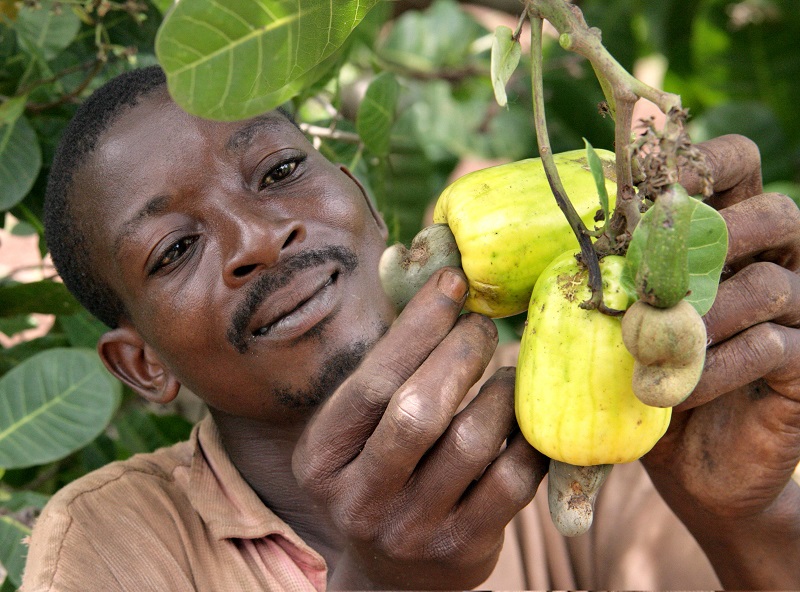
2015 has been an annus horribilis for several economies in Africa. First, currencies across the board have depreciated dramatically against the dollar. Second, prices of almost all major commodities have crashed, which has had huge impact on government revenues. Third, China’s slowdown has put a damper on Africa’s economic growth.
As a result, Africa’s economy will grow by 3.75% – lower than the 5% average of the last decade – and is expected to grow slightly higher in 2016 at 4.25%. While certain trends can be seen, recent economic events have affected Africa’s economies very differently with huge variations in economic growth for 2015.
The most striking feature of the high growth economies is that except for Côte d’Ivoire, which exports cocoa and coffee, these economies are not producers and/or exporters of commodities. In particular, they are net oil importers.
Oil subsidies represent about a third of total government expenditure in most African economies, so the significant plunge in the international price of crude oil, from $110 in March 2014 to less than $35 today has been a blessing for net oil importers. Thus, allocations for oil subsidies have been reduced and channelled to other important sectors of the economy, resulting in higher economic growth rates.
Conversely, major oil exporters such as Nigeria and Angola were not so lucky. Major commodity exporters such as South Africa, Botswana and Ghana were also severely affected. These economies experienced wider fiscal deficits (as was the case in Nigeria, where it almost doubled from 2% of GDP in 2014 to 3.9% of GDP in 2015), wider current account and external trade deficits, and significant currency depreciations (for example, the South African rand lost over 50% of its value in early December 2015).
Contrasting growth rates between the 2015 winners and the 2015 losers have some lessons for African economic policy in 2016 and beyond.
The first is that commodity exports are not the only catalyst for economic growth in Africa. As can be seen from the 6%-plus economic growth rates in Ethiopia, Rwanda, Côte d’Ivoire, Mozambique and Tanzania, economic prosperity can be achieved through sound economic policies, particularly through targeted investments especially in the infrastructure sector, and not just through the exports of commodities.
African countries need to increase infrastructure investment components of their capital investment budgets. Although debt levels have been rising in several countries as a result of increased infrastructure spending, present levels are still sustainable.
Moreover, it is not harmful for countries to borrow heavily to finance infrastructure projects, which reduces the cost of doing business, expands private sector activity, and results in the creation of wealth and jobs.
The second lesson is that major oil and commodity exporters need to diversify their economies and those who have started need to diversify even further. This will enable them to cushion themselves from external shocks such as the fall in the price of principal revenue earners.
Some countries are already making some strides, for instance, through the creation of industrial parks, mostly for the local transformation of textile products with some of the most notable in Ethiopia and Gabon.
The third lesson is that regional integration, both at a continental level and at a sub-regional level is beneficial to Africa.
This is very glaring in East Africa, particularly in the East African Community (EAC), which comprises Burundi, Kenya, Rwanda, Tanzania and Uganda.
Several infrastructure, and particularly transport infrastructure projects, in that sub-region have led to a significant drop in transport costs as well as travel times, especially to landlocked countries such as Burundi, Uganda, Ethiopia, South Sudan and Rwanda. In this regard, goods now take just three days and four days from the port of Mombasa in Kenya (Africa’s second largest port after Durban) to Kampala in Uganda and Kigali in Rwanda, down from 18 days and 20 days respectively.
The Tripartite Free Trade Agreement signed in Sharm el-Sheikh in June 2015 regrouped the EAC, the Southern African Development Community and the Common Market for Eastern and Southern Africa. It thus represents a total GDP of $1.5 trillion and combined population of 600m (roughly 60% of Africa’s GDP and its total population) and will usher in even more benefits of regional integration.
The fourth and final lesson for African economies is to eliminate oil subsidies, which represent a significant proportion of government expenditures. Cancelling these subsidies will free up much-needed finance that can then be channelled to other productive uses such as agricultural transformation, the creation of industrial parks, infrastructure investment (energy, road, railway and airport projects, amongst others). And there’s no time like the present to implement the change.
By John Mbu
The writer is an economic and policy analyst at the African Development Bank.


























